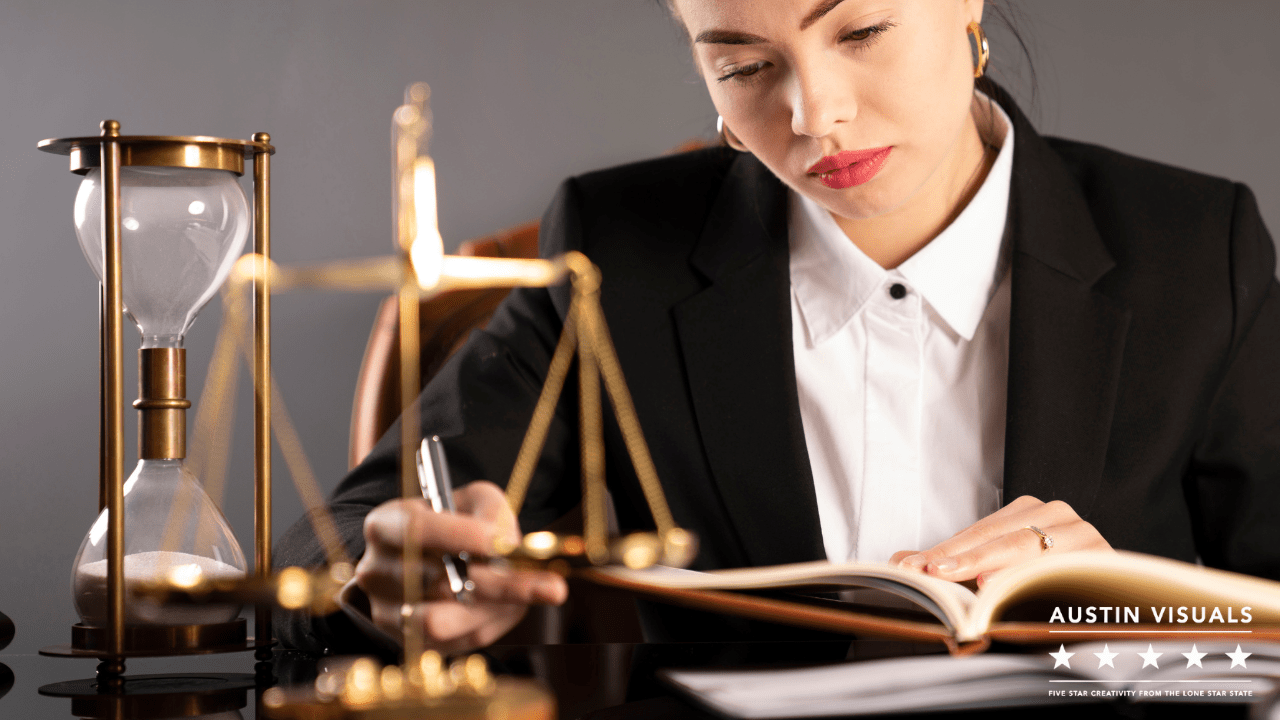

If you are thinking about creating your own legal graphics, this article will give you a brief overview of the benefits, challenges, and costs of this process. Let’s begin by defining legal graphics. Trial graphics are images that are designed by graphic artists for use during legal trials and procedures. They serve as evidence in court, and can be created with current graphic design technology.
Legal Graphics Benefits
Legal graphics can help simplify confusing testimony or complicated legal concepts. They are an effective tool for any stage of a case and can help audiences retain key facts. Using a high-quality legal graphic can give a lawyer an advantage over their competition. Listed below are some benefits of using legal graphics during trial. Read on to learn more about these powerful tools.
Litigation graphics can be especially useful during trial, because they can clarify complex aspects of a case. A well-produced team can use legal graphics to highlight weaknesses and encourage opposing counsel to settle the case out of court. However, when used correctly, litigation graphics can have a profound impact.
Visuals are much more memorable than speech or text. Trial graphics can convey important themes or viewpoints and help the jury remember them. A properly crafted trial graphic helps the jury remember the case more clearly. And court animations can make viewers feel more engaged and focused. So, if you are preparing for a trial, consider utilizing legal graphics during your next presentation.
Cost
While there are many costs associated with litigation graphic production, there are also some important factors to consider. In addition to the amount of money and time you allocate to legal graphics, you should also consider whether the graphics are going to be required to present the case or not. Missing deadlines will result in higher costs. To avoid this, start developing graphic exhibits early in the litigation lifecycle, usually, after the pleadings are filed.
Many lawyers seek the lowest cost option for their graphics. This tactic may be tempting, but it is a costly mistake. Ultimately, the value of the legal graphics lies in their ability to persuade a jury. That means that hiring the cheapest graphic production company is often a self-defeating strategy. You must ensure that the graphic team you choose is capable of producing the best quality graphics to help you win your case.
While DIY-ers can sometimes create great Conceptual Graphics, a professional lawyer has a distinct advantage. Unlike laypeople, lawyers use logic and law in deciding cases. They do not rely on emotional reactions to motivate jurors. As such, they are far more likely to win in court based on logic.
Challenges
Creating graphics for legal services can be challenging. While many designers focus on persuading the user to make a certain decision, legal design is based on improving strategic decision-making abilities. The goal of legal design is to create environments and interfaces that help users become smarter, which in turn will shift the balance between individual and bureaucracy. Here are some challenges to legal graphics. Read on to learn more.
Legal Graphics Creation
The creation of persuasive legal graphics is far more complex than the mere act of adding a few colors to a PowerPoint presentation. While many DIY-ers have done excellent work on the occasional project, there’s a difference between conceptual graphics and professionally designed legal graphics. Legal attorneys are trained to analyze complex legal issues logically and apply the law as objectively as possible, rather than relying on gut reactions and emotional appeals. The jury simply can’t process this kind of information, and if the legal argument sounds too complex, it will simply land like a lead balloon.
Trial graphics have been a staple of courtroom presentation for decades, but they’ve undergone a complete transformation in the last 20 years. Professional graphic artists use powerful computers to create stunning images, giving attorneys almost unlimited choices. High-quality legal graphics can help lawyers explain complex legal strategies in a simple, effective way, without confusing or distracting jurors. To learn more about the benefits of legal graphics, check out our article.
An animation is a powerful tool in courtroom presentations. In addition to being visually appealing, it can also help a juror make a decision. A well-animated courtroom animation can help jurors understand a complicated scientific process or a complex chart. The jury can even view key testimony in a timeline if the correct animation is created. An animation, while still less appealing than a still photo, will be far more effective in explaining a legal issue than a static one.
Anatomical diagrams
Using anatomical diagrams in legal graphics requires special care, especially when it comes to the use of these images. For example, a person who uses a diagram to represent his own body should never post it on social media without first securing the permission of the donor.
Anatomical diagrams are useful trial graphics in the courts because jurors are not medical experts, and they often cannot visualize how certain parts of the body respond to certain events. A diagram, which clearly explains how the human body works, will help jurors follow the testimony of experts and allow jurors to better understand the position of the client and the situation he or she is in. It can also serve as a visual aid to clarify the relationship between events and causes.
In addition to improving the visual impact of a case, attorneys can increase their credibility by presenting court exhibits containing medical illustrations. A recent study conducted by the Federal Judicial Center found that juries were more likely to grant a favorable verdict to a party that used medical illustrations and animations. Moreover, attorneys are collaborating with medical experts to create the perfect graphics. Anatomical diagrams are also useful in improving the jury’s understanding of medical language.
Court animations
The use of Court animations has been growing in recent years, primarily for the purpose of illustrating legal concepts. As the author of many attorney seminars on demonstrative evidence, I’ve observed that during the lecture portion, attorneys tend to focus on lunch or work, but immediately shift their attention to the television screen when the animation begins.
It is important to consider whether a certain animated video is prejudicial. Under Evidence Code Section 352, the court may exclude evidence if it is prejudicial or causes undue confusion among jurors. Moreover, it is imperative to remember that court animations should depict an expert’s opinion accurately and avoid including irrelevant facts that could inflame the jury. To ensure the best effect, avoid using animated demonstrations of evidence unless they are essential to the case.
Videotaping a trial is another common use of court animations. Videotaping allows jurors to experience a case without wasting time in deliberations. Court animations can be very useful in explaining testimony and reducing jury deliberation. There are several ways to customize a court animation, including using computer animation.




